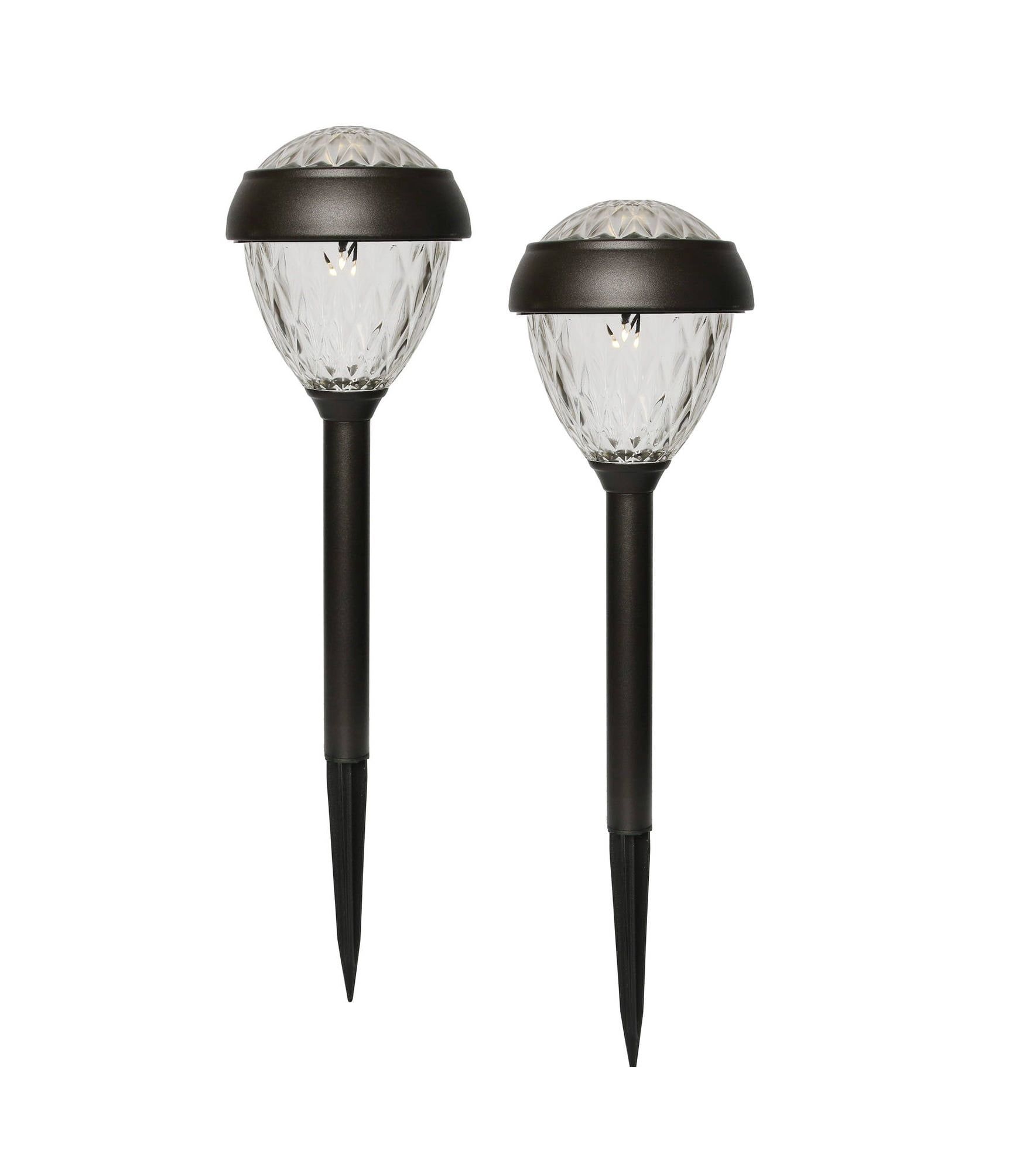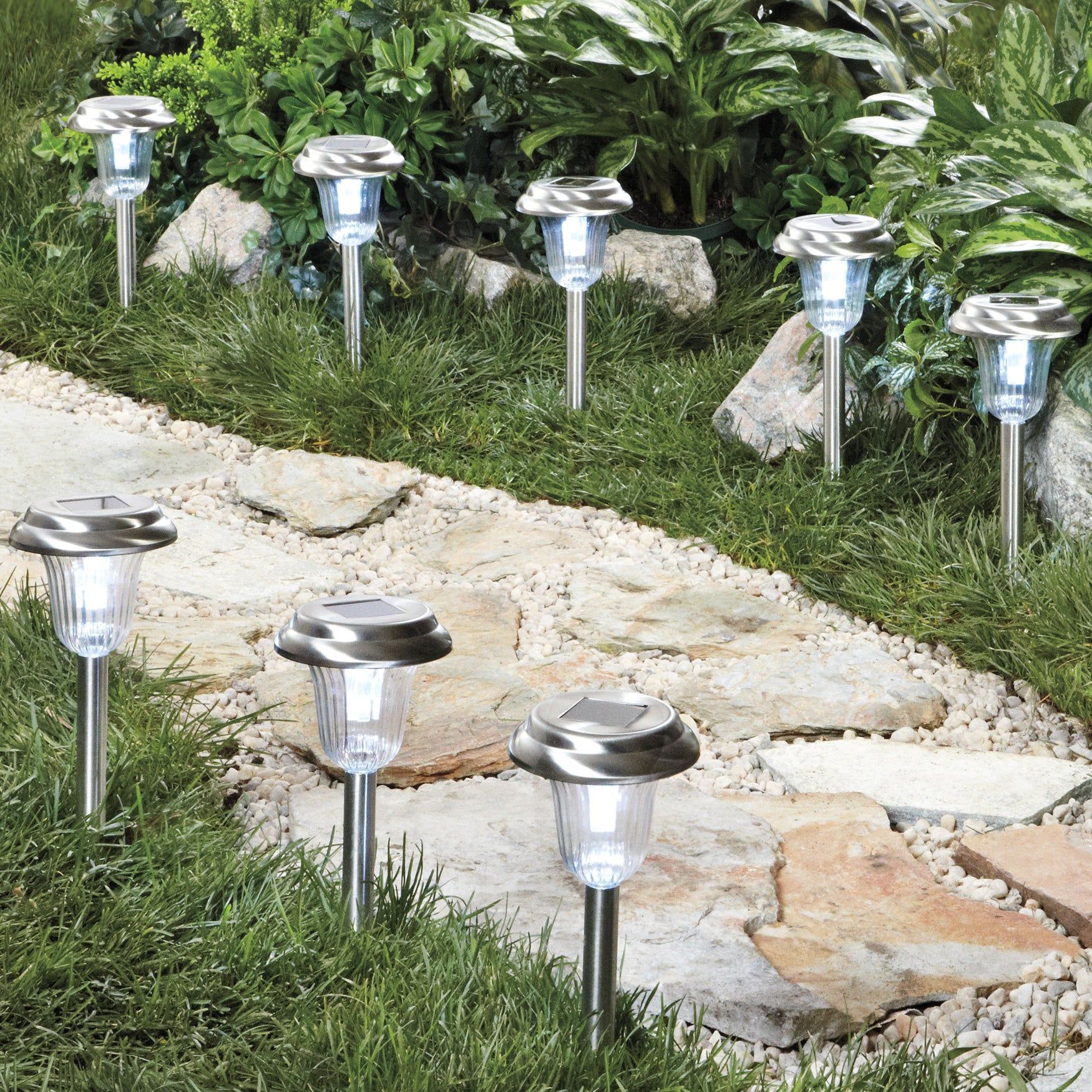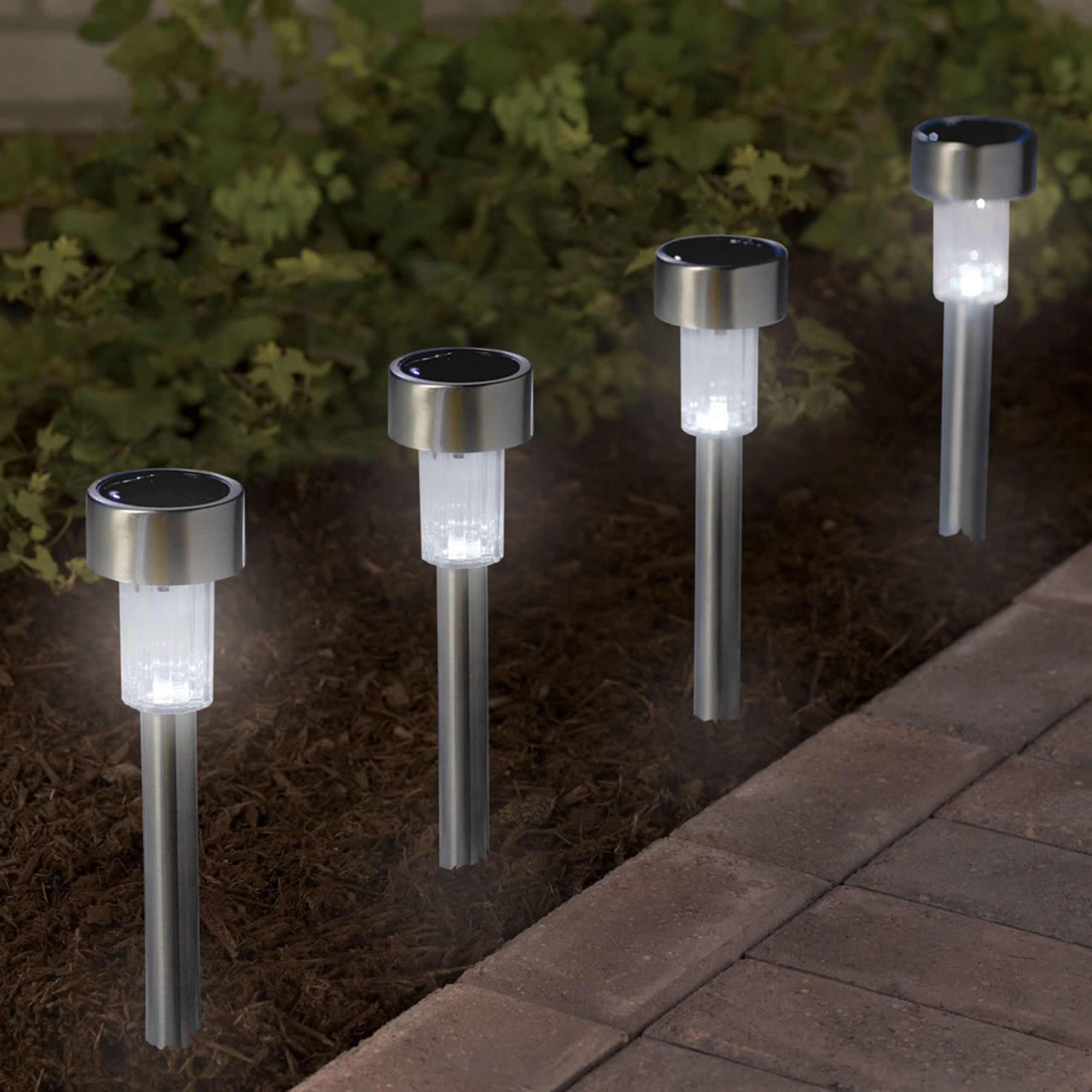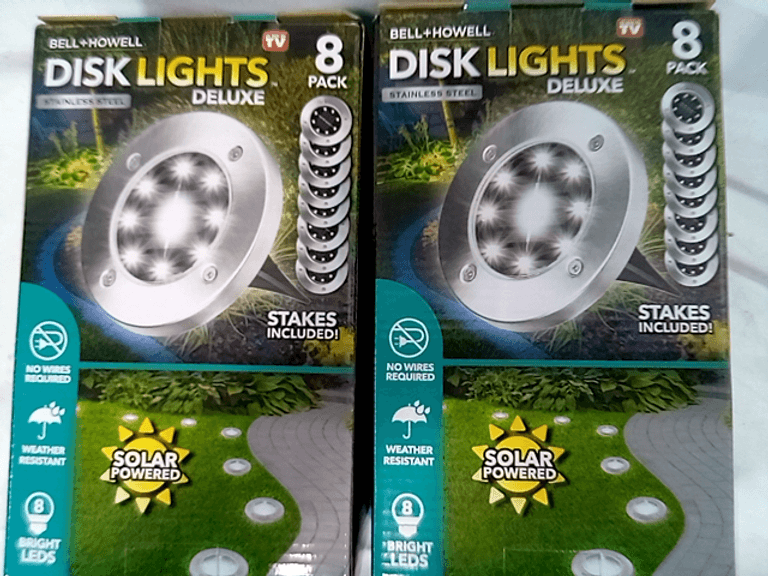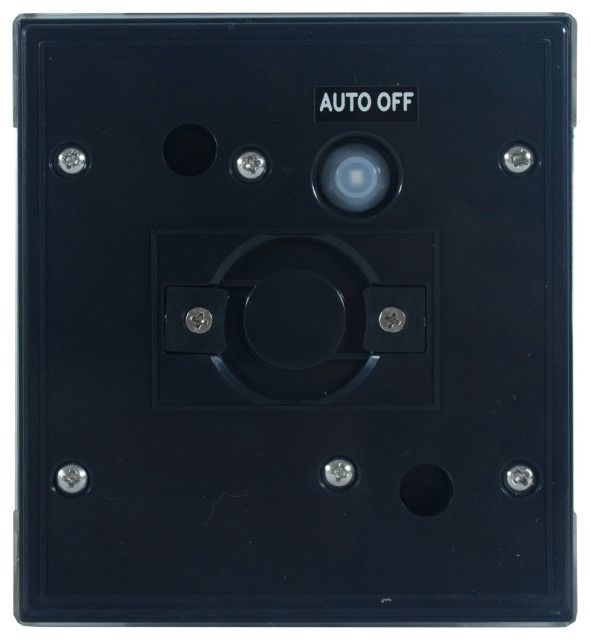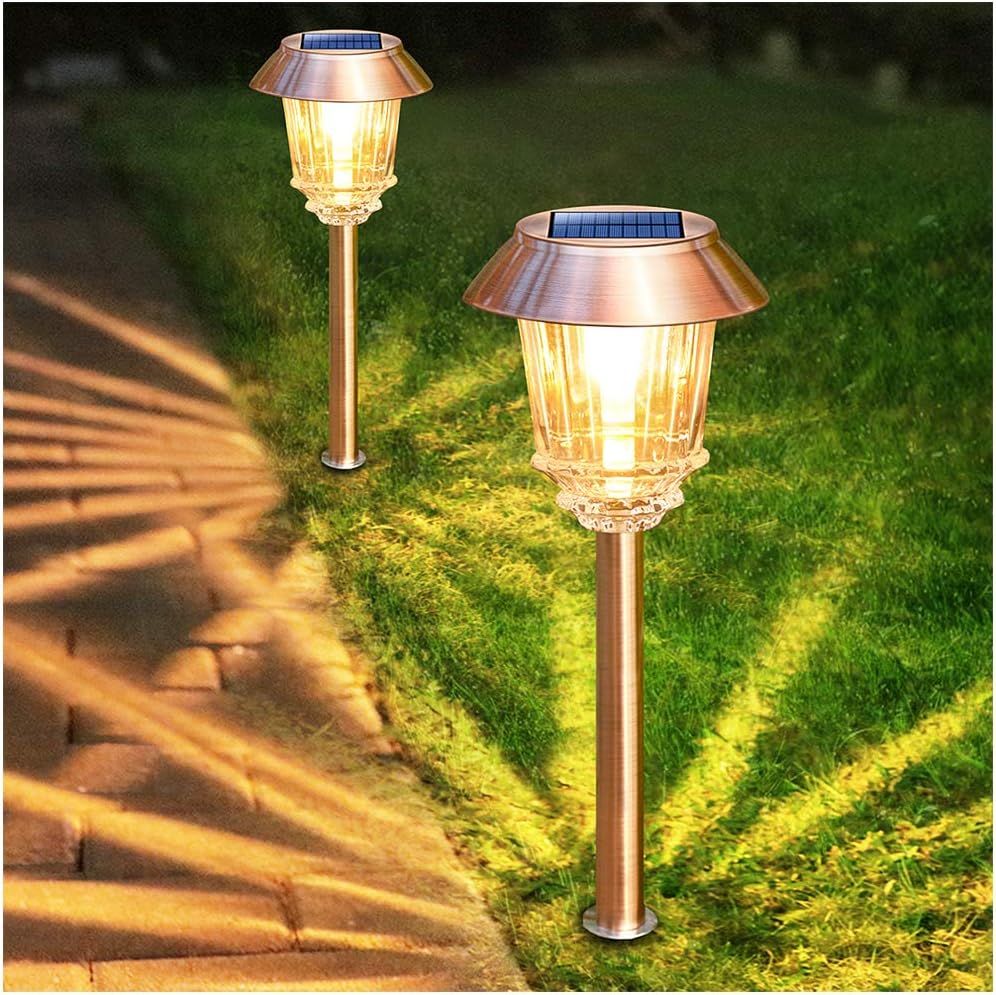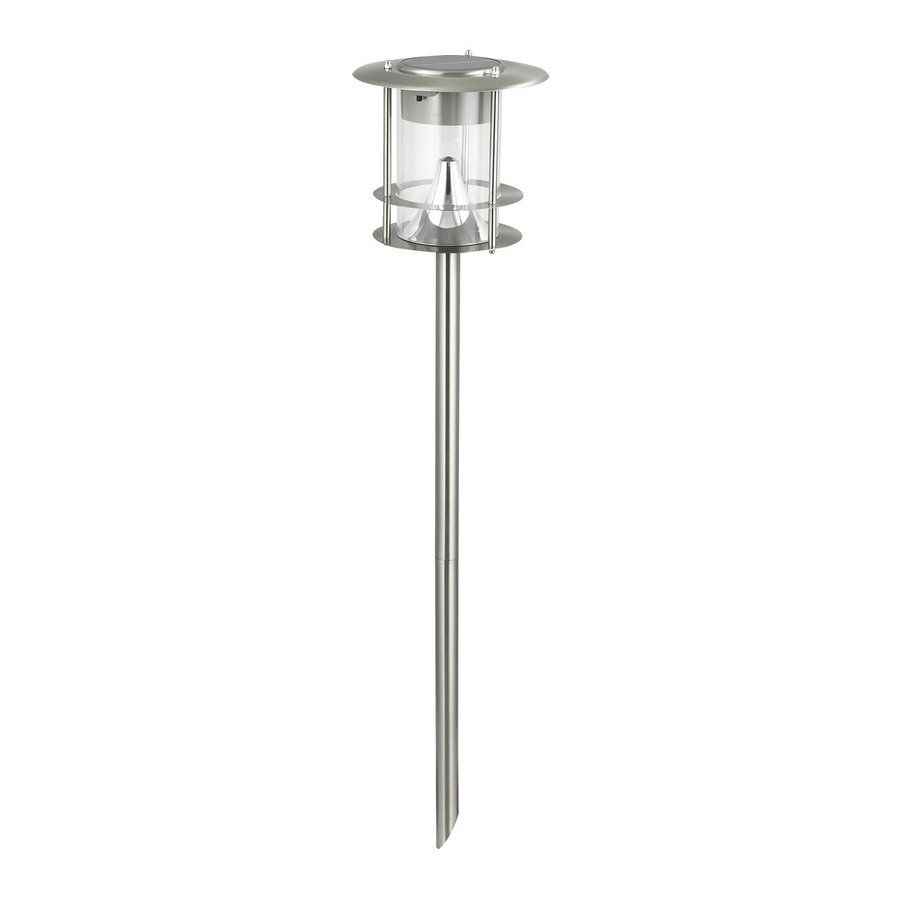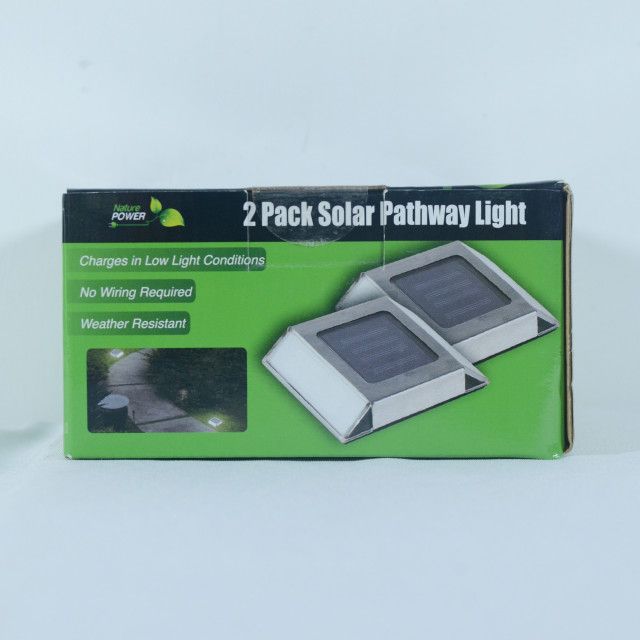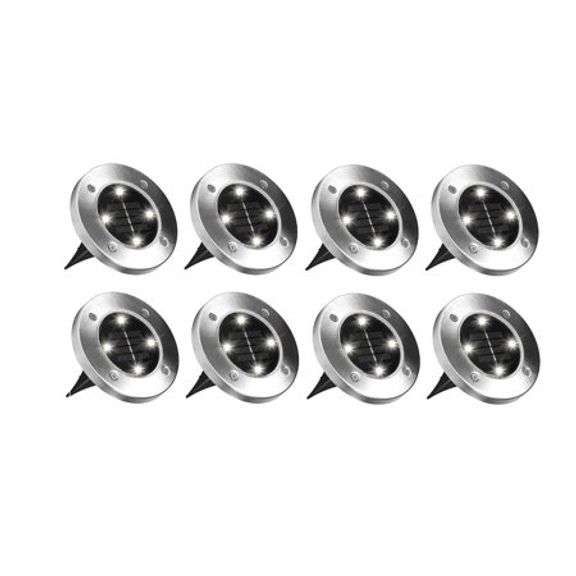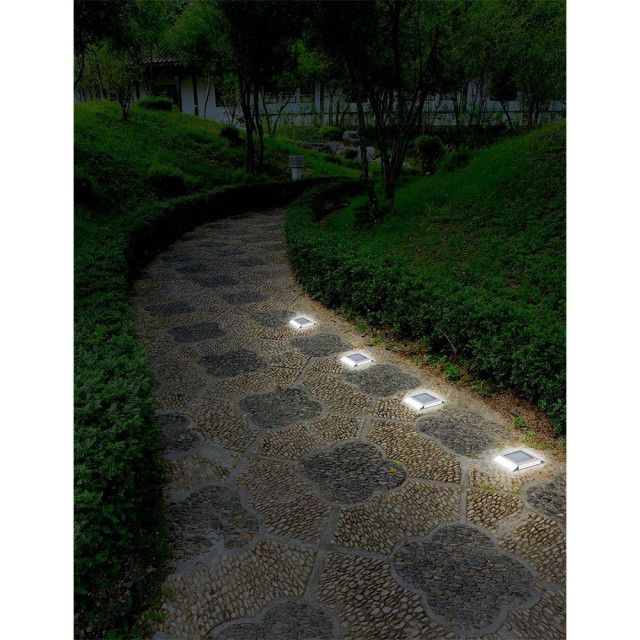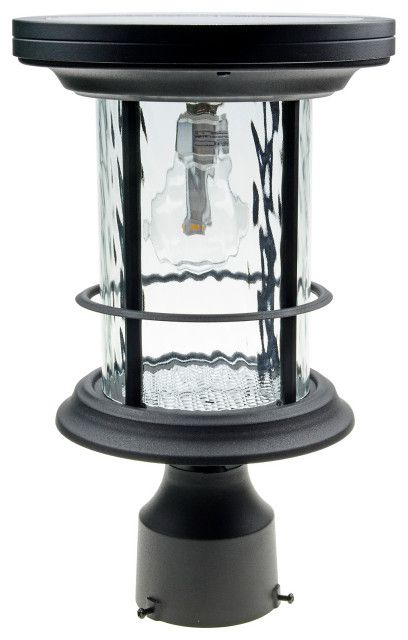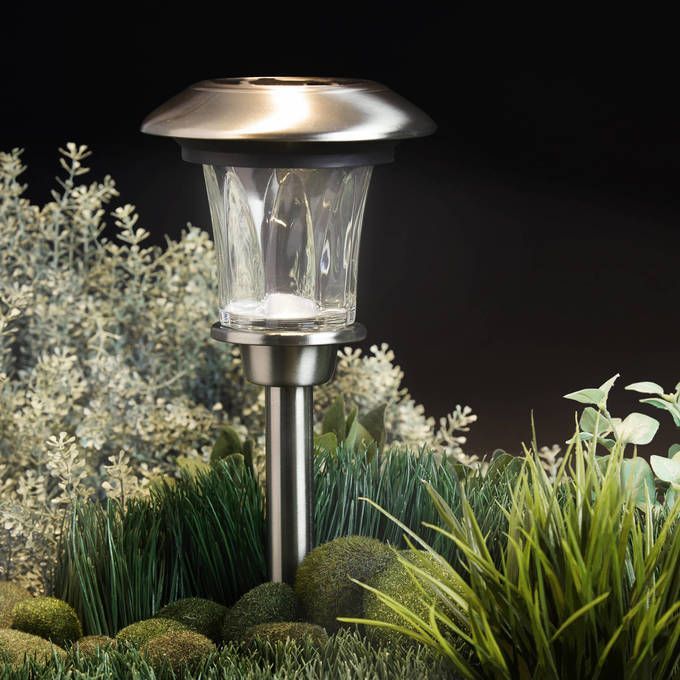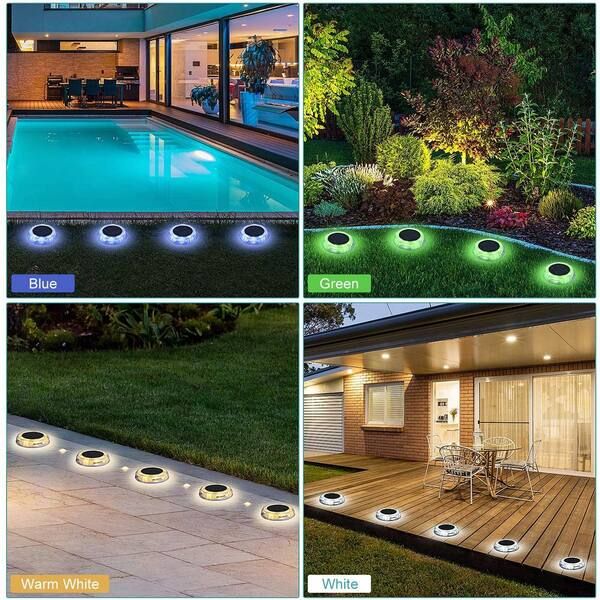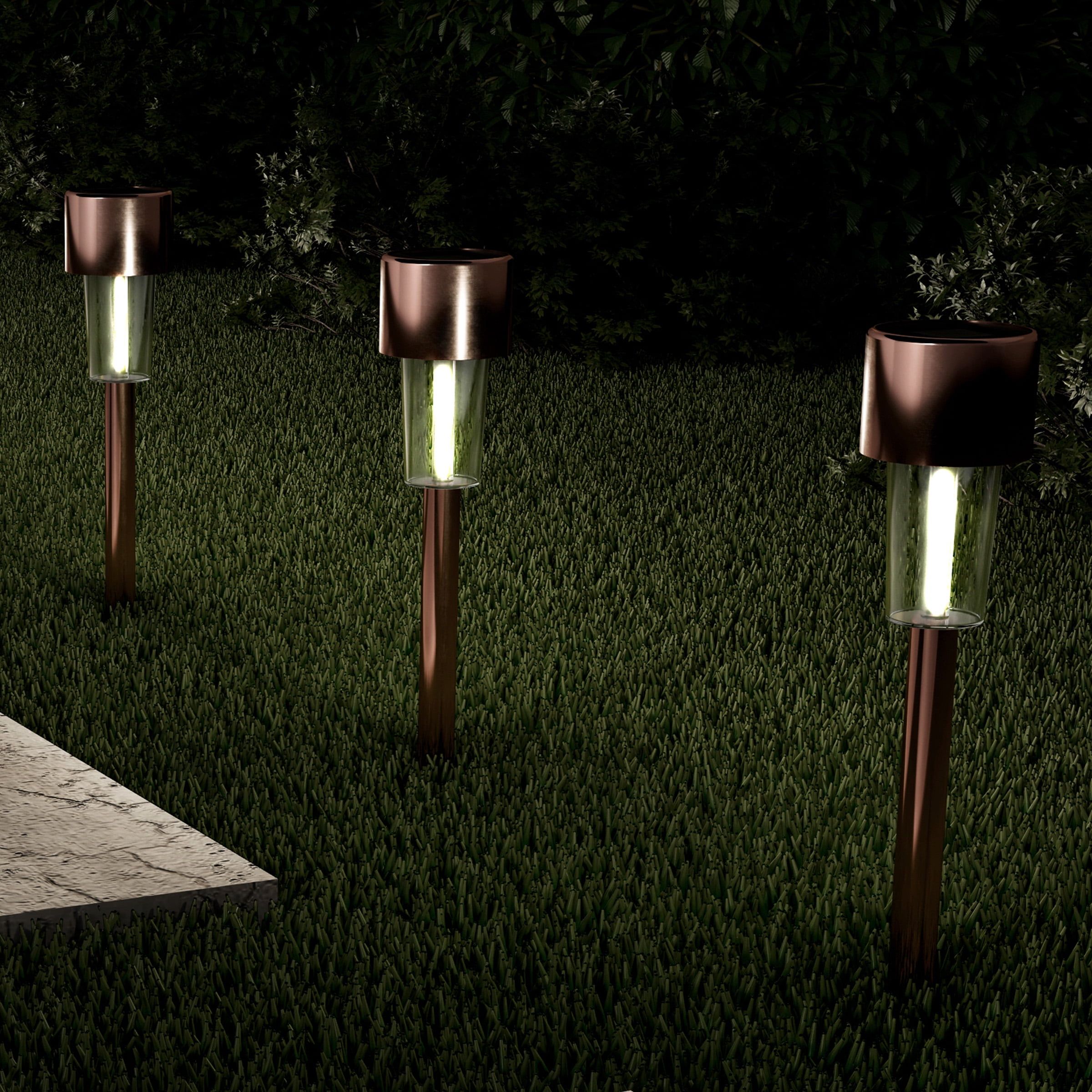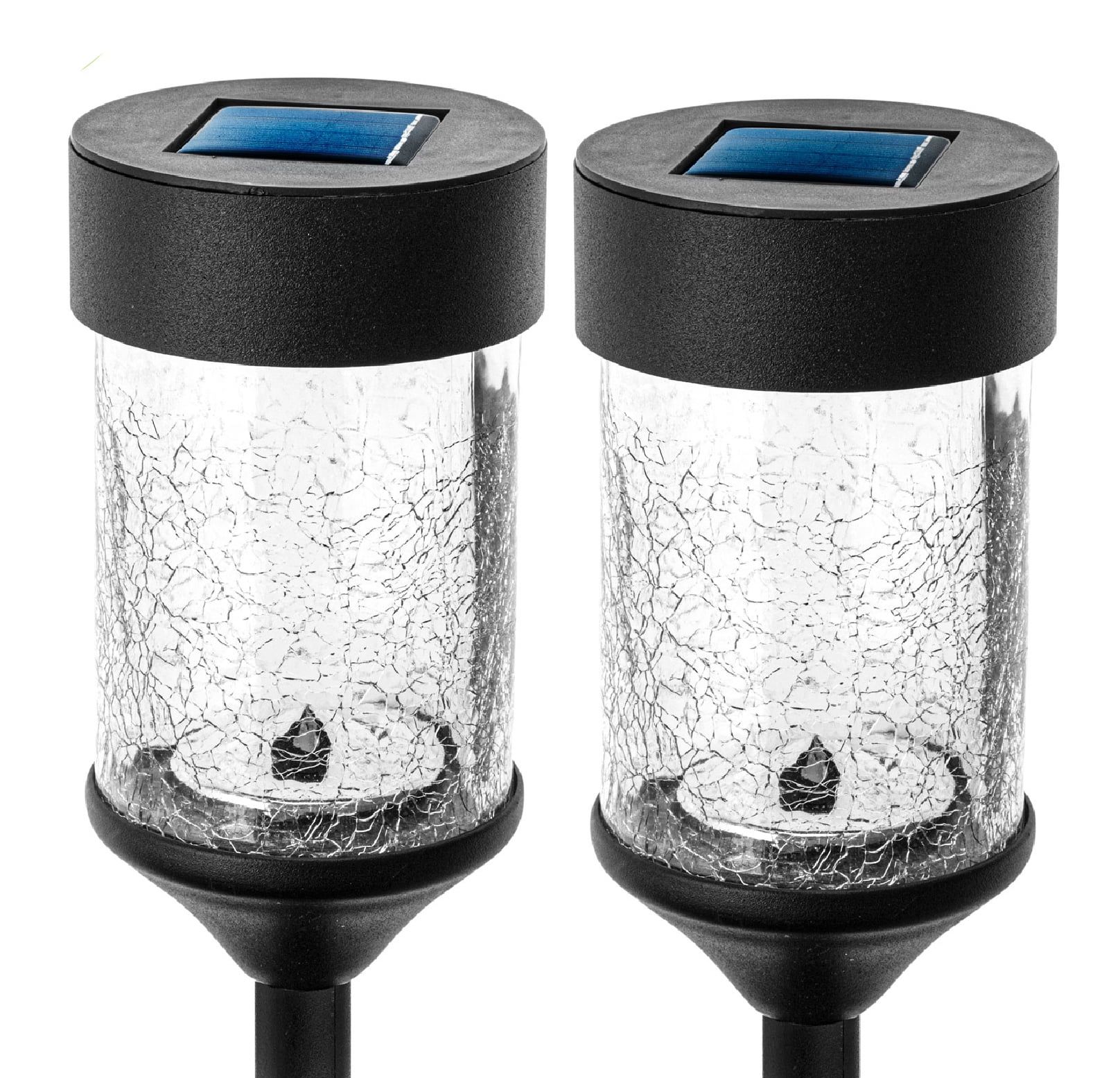Choosing the right pathway lighting can truly transform your home, enhancing both its aesthetic appeal and its safety. But, with so many alternatives out there, it can be hard to decide which option is best suited for your needs. Two of the most popular choices are solar pathway lighting and traditional, wired lighting. Each choice has its own set of benefits and drawbacks. In this in-depth comparison, we’ll explore the ins and outs of both, enabling you to make an informed decision for your property. We’ll dig into things like cost, installation, brightness, and the overall impact each type of lighting has on your home environment and the planet.
Pathway lighting isn’t just about seeing where you’re going at night; it’s about setting a mood, boosting curb appeal, and increasing safety. Consider your front walk, your garden paths, or even your back patio. Well-placed lights can turn these areas into inviting spaces, guiding guests and family members while also deterring unwanted visitors. But the decision of which pathway lighting to choose can be overwhelming. This guide simplifies things by directly comparing solar and traditional lighting, making your choice much easier.
The Appeal of Solar Pathway Lighting
Solar pathway lights harness the power of the sun, making them a great option for people who are interested in going green. Here’s a look at some of the main benefits:
- Eco-Friendly: Solar lights utilize renewable energy, reducing your carbon footprint. No wires, no electricity bill — win-win, right?
- Easy Installation: Forget about digging trenches and running wires. Solar lights are generally a breeze to install. Just stick them in the ground and you’re set.
- Low Maintenance: Once installed, solar lights need minimal upkeep. Just a quick wipe to clear any dust or debris is usually enough.
- Cost-Effective (Initially): While the upfront cost can vary, solar lights often prove to be more budget-friendly in the long run, due to the absence of electric bills.
However, solar lights also have some downsides. The amount of sunlight they receive directly affects their performance. Cloudy days or areas with lots of shade can impact how bright they shine, or even how long they stay lit. Also, the brightness can be weaker compared to traditional lights, and the lifespan of the batteries must be considered, as they will eventually need replacement.
Understanding Traditional Pathway Lighting
Traditional pathway lighting, often referred to as wired lighting, is connected to your home’s electrical system. It has its own unique set of advantages:
- Consistent Brightness: Wired lights provide a more reliable and consistent level of brightness, regardless of weather conditions.
- Superior Brightness: They tend to be brighter than most solar options, allowing for better illumination of your property.
- Longer Lifespan: With proper maintenance, wired lights can last for years, often longer than the lifespan of solar light batteries.
- Customization: Wired systems offer a broader range of design options, allowing for more creative and complex lighting schemes.
But, like any choice, there are trade-offs. Installation is more involved, often requiring professional help, and there’s the ongoing cost of electricity. Also, there’s the need for regular maintenance and possible repairs.
Cost: The Financial Breakdown
When it comes to cost, there are several aspects to consider. Solar lights have a lower initial cost per unit, but the price can vary depending on the quality, and the number of lights you need. Traditional lights will require a higher upfront investment due to the need for professional installation, wiring, and the cost of the fixtures themselves. Remember to factor in the ongoing electricity costs and the potential for maintenance and repairs for wired systems.
- Solar: Lower initial cost, no electricity bills, but potential battery replacement costs down the road.
- Traditional: Higher initial cost, ongoing electricity bills, but usually a longer lifespan.
Installation: DIY vs. Professional
Installation is where the two types of lighting really diverge. Solar lights are a DIY dream. They usually involve simply sticking the lights into the ground, making them a great choice for those who like to get their hands dirty. Traditional lighting, on the other hand, demands a bit more expertise. Running wires, connecting to your electrical system, and ensuring everything is up to code usually requires a professional electrician. This adds to the overall expense but ensures safety and optimal performance. It’s worth noting that some hybrid systems are available that combine solar and wired elements, but these can be more complex to install.
Brightness and Performance: Lighting the Way
Brightness is a key factor, particularly if you need to illuminate a walkway or highlight certain features. Traditional wired lights generally offer greater brightness and more consistent performance, even on cloudy nights. Solar lights, while improving, can vary in brightness depending on the amount of sunlight they receive during the day. For areas that need bright, consistent lighting, wired lights may be the better choice. If you’re after something more subtle, or for accent lighting, solar lights can do the trick. The type of bulb also plays a role; LED bulbs are a popular choice for both systems due to their energy efficiency and longevity.
Environmental Impact: A Green Perspective
For environmentally conscious homeowners, the environmental impact is a crucial consideration. Solar lights are the clear winner here. They use renewable energy, reducing your carbon footprint and your reliance on fossil fuels. Traditional lighting, powered by electricity, contributes to the demand for energy generated from various sources, including non-renewable ones. Even with the move towards renewable energy sources, solar lighting still offers a more sustainable solution. Also, the materials used in both types of lights contribute to their environmental impact; consider the recyclability of the materials when making your choice. To make it easy to understand, this is the breakdown:
- Solar: Eco-friendly, uses renewable energy, and reduces your carbon footprint.
- Traditional: Relies on grid electricity, which may be sourced from non-renewable energy.
Choosing between solar and traditional pathway lighting boils down to your specific needs, budget, and priorities. Solar lights offer ease of installation and eco-friendliness, but they may have some limitations regarding brightness and consistency. Traditional lights provide reliable lighting and greater design flexibility, but they require a higher initial investment and ongoing electricity costs. Consider factors like your property’s layout, your desired level of brightness, and your commitment to sustainability. By carefully weighing these factors, you can choose the pathway lighting system that best complements your home and enhances your outdoor living experience. And don’t forget to have fun with it. Pathway lighting is a great way to express your personal style and make your home a welcoming haven. I hope this information helps you in your decision making, and good luck, friend.
